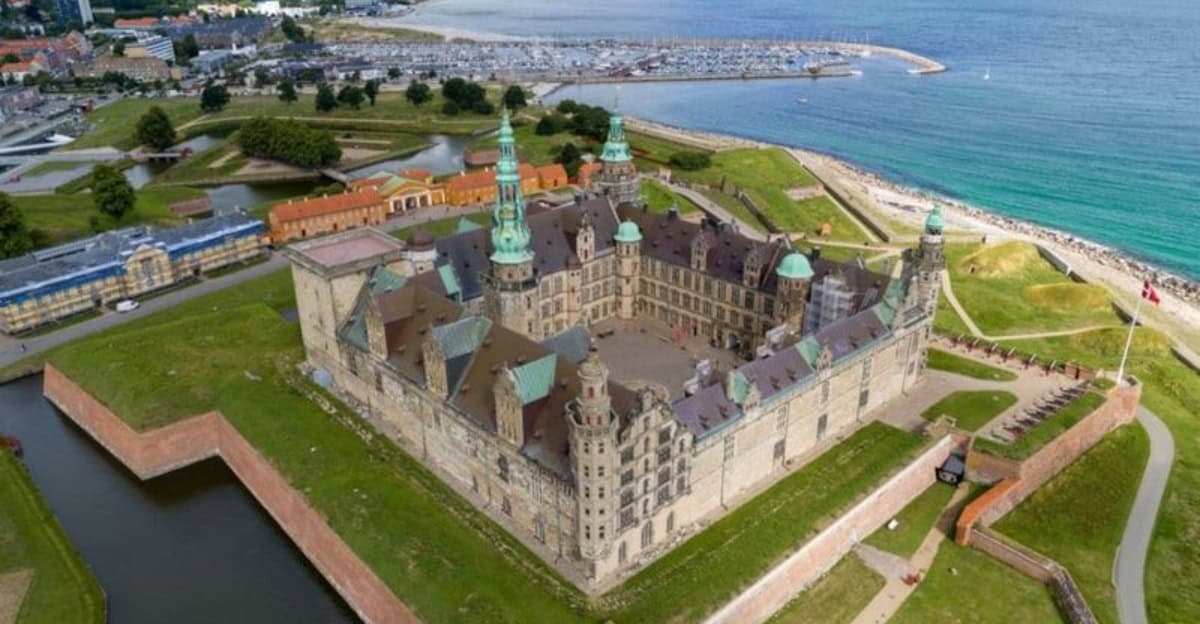Sea forts have long captured the imagination with their strategic importance and architectural grandeur.
Constructed to protect coastlines and harbors, these formidable structures stand as testaments to human ingenuity and resilience.
This article explores 10 of history’s most impressive sea forts, each with its own unique story and architectural flair.
Whether built on remote islands or along bustling coasts, these forts reveal the fascinating interplay of military necessity and aesthetic design.
1. Fort Jefferson, USA

Fort Jefferson, located in Dry Tortugas National Park, is one of the largest masonry structures in the Western Hemisphere.
This monumental hexagon of brick and mortar was built in the 19th century to protect the southern coast of the United States.
Imagine standing on its ramparts, the salty breeze mingling with the scent of history. The fort’s massive walls and strategic placement showcase the military foresight of its designers.
Despite never seeing battle, Fort Jefferson remains a symbol of strength and endurance, captivating visitors with its sheer size and historical significance.
2. Fort Boyard, France
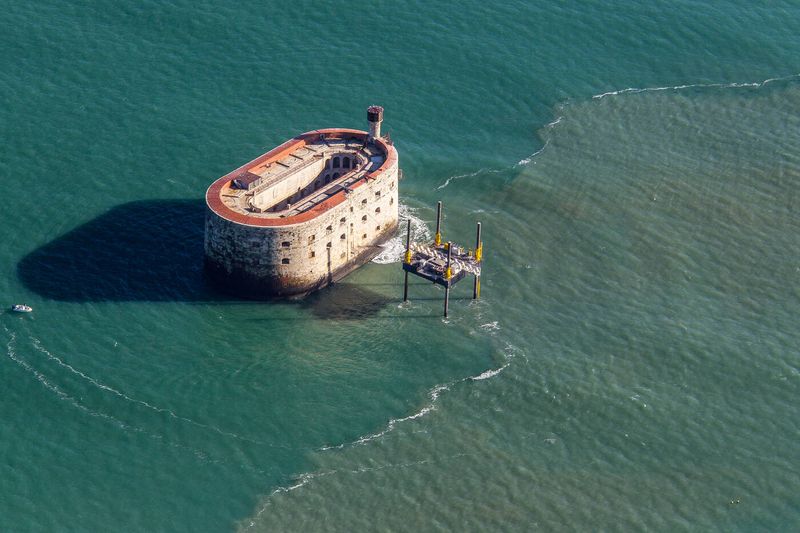
Perched in the Atlantic Ocean, Fort Boyard is an iconic French sea fort that captured global attention through a TV game show.
Designed to defend against British attacks, its construction proved both costly and challenging.
The elliptical fortress stands as a testament to its builders’ perseverance. Its stone walls rise dramatically from the sea, creating a sense of mystery and intrigue.
Today, Fort Boyard is more emblematic than functional, drawing tourists and history enthusiasts alike. Its unique shape and storied past make it a captivating subject for exploration.
3. São João Baptista Fort, Portugal
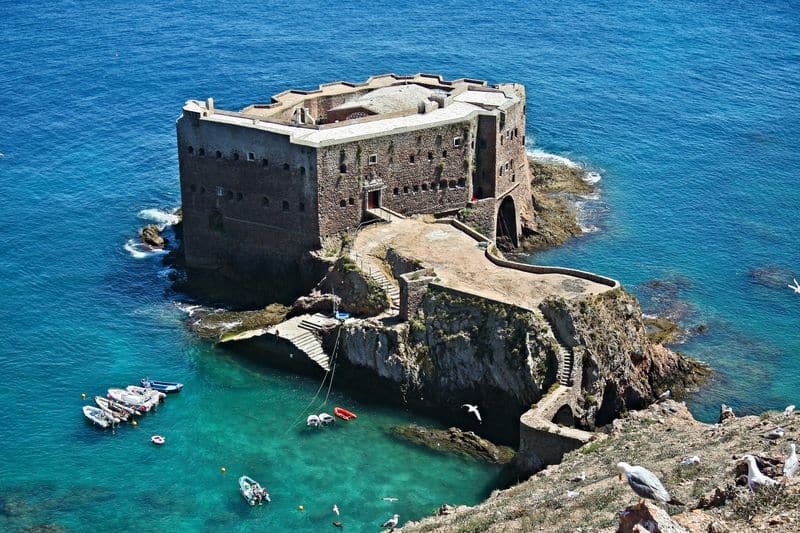
On the rugged cliffs of Berlenga Island, São João Baptista Fort stands as a guardian of Portugal’s maritime heritage.
Built in the 17th century, the fort played a pivotal role in defending against pirates and enemy fleets.
Its stout walls and strategic location offer breathtaking views of the Atlantic Ocean. Visitors can explore the fort’s labyrinthine passages, feeling the echoes of past battles.
The fort is a marvel of military engineering, blending seamlessly with the natural environment. It’s a must-visit for those seeking history and adventure.
4. Halifax Citadel, Canada
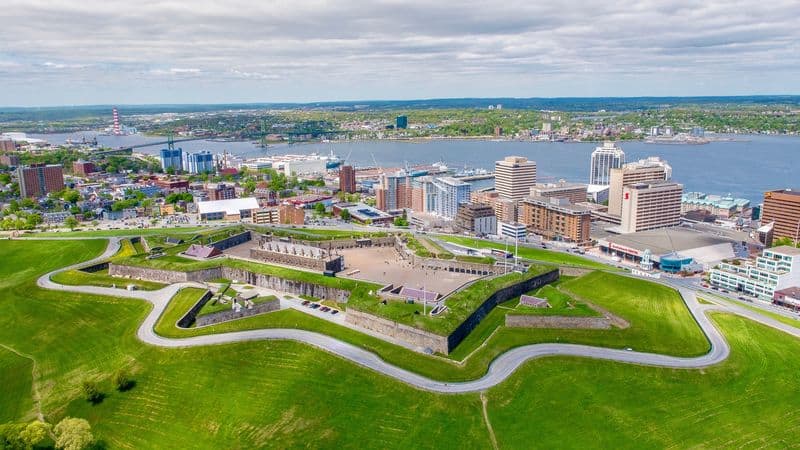
Halifax Citadel, a star-shaped fortress, dominates the skyline of Halifax, Nova Scotia. Built in the 18th century, it was a key defensive position in Britain’s overseas empire.
The citadel’s star design allowed for optimal defense, with cannons strategically positioned to repel invaders.
Walking through its gates, one is transported back in time, surrounded by reenactors in period costumes. The fort offers panoramic views of Halifax Harbor, shimmering in the distance.
It remains a vibrant part of the city’s history, offering insights into colonial military life.
5. Al Zubarah Fort, Qatar
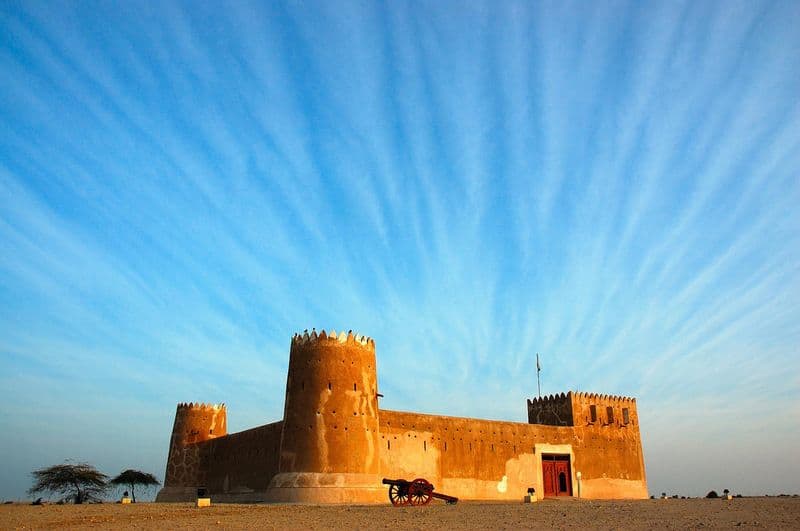
Al Zubarah Fort, located in the Qatari desert, stands as a reminder of the region’s rich trading history. Constructed in the late 18th century, it protected the thriving pearling and trading town of Al Zubarah.
The fort’s sandy façade blends with the surrounding desert landscape, creating a scene of timeless beauty. Inside, the cool stone walls whisper stories of traders and travelers.
Al Zubarah is a UNESCO World Heritage site, preserving the echoes of a bygone era. Its architecture and history offer a captivating glimpse into Qatar’s past.
6. Fort Sumter, USA

Fort Sumter, nestled in Charleston Harbor, is a symbol of American history. Known as the site where the first shots of the Civil War were fired, its brick walls witnessed a pivotal moment in the nation’s story.
The fort’s strategic location made it a key target, and its defense was fierce and memorable. Visitors today can tour the preserved ruins and imagine the tumultuous events that unfolded.
Fort Sumter’s legacy is woven into the fabric of American identity, reminding us of the sacrifices and struggles that shaped the country.
7. Cronenburgh Castle, Netherlands
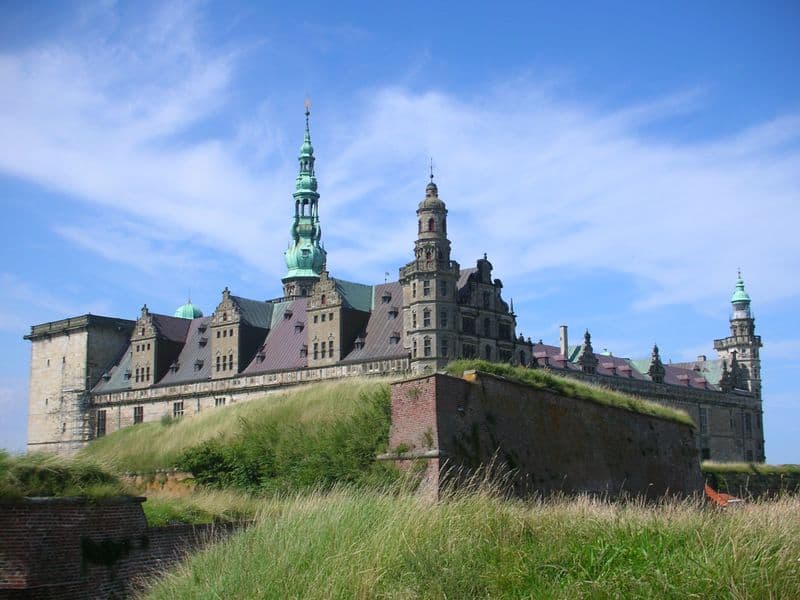
Cronenburgh Castle, a medieval fortress surrounded by a tranquil moat, is a picturesque gem in the Netherlands. Originally built as a defensive structure, its charm now lies in its romantic setting and historical allure.
The castle’s stone walls and towers evoke images of knights and nobility. Wandering the grounds, visitors can appreciate the blend of natural beauty and architectural elegance.
The castle’s storied past includes tales of sieges and noble gatherings. Its preservation allows a glimpse into a world where history and fairytales intertwine.
8. Fortaleza de Santa Cruz da Barra, Brazil

Fortaleza de Santa Cruz da Barra, overlooking Guanabara Bay, is a Brazilian fort with a rich colonial past. Built in the 16th century, it protected Rio de Janeiro from invaders.
The fort’s stone walls and cannons face the sea, ready to defend against unseen threats.
Walking through its corridors, one can feel the echoes of history reverberating through time. The fort’s strategic location offers stunning views of the bay and cityscape.
It’s a captivating destination for history buffs and those seeking breathtaking vistas.
9. Helsingør Fortress, Denmark
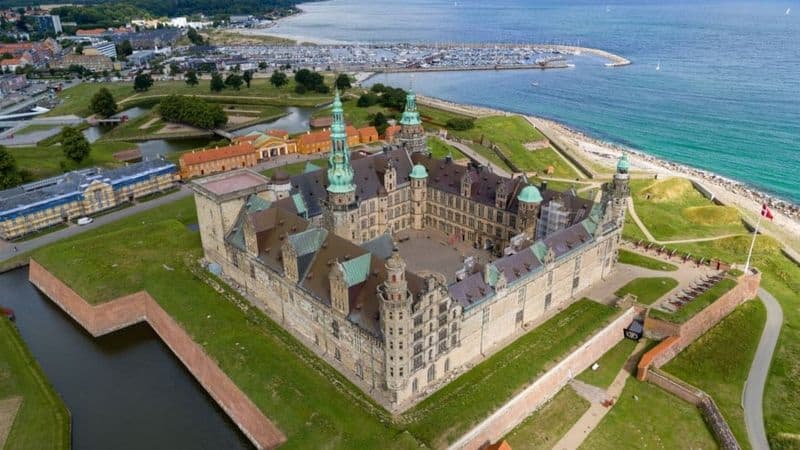
Helsingør Fortress, also known as Kronborg Castle, is a Renaissance masterpiece on Denmark’s coast. Immortalized in Shakespeare’s “Hamlet,” its grandeur is matched only by its historical significance.
The fortress’s elegant towers and battlements tell tales of royal intrigue and maritime power. Visitors can explore opulent chambers and imagine the echoes of Shakespearean drama.
The surrounding landscape adds a touch of magic, as the fortress stands majestically against the horizon. It’s a place where literature and history converge in captivating harmony.
10. Fort St. Angelo, Malta

Fort St. Angelo, perched on the tip of Birgu in Malta, is a beacon of Mediterranean history. Its ancient stone walls have witnessed countless sieges and battles, serving as a stronghold for knights and soldiers.
The fort’s commanding position offers stunning views of the surrounding sea and city. Inside, visitors can explore a labyrinth of arched corridors and chambers.
Fort St. Angelo’s legacy is woven into the fabric of Maltese identity, reflecting the island’s rich history and cultural resilience. It’s a must-see for history enthusiasts.

